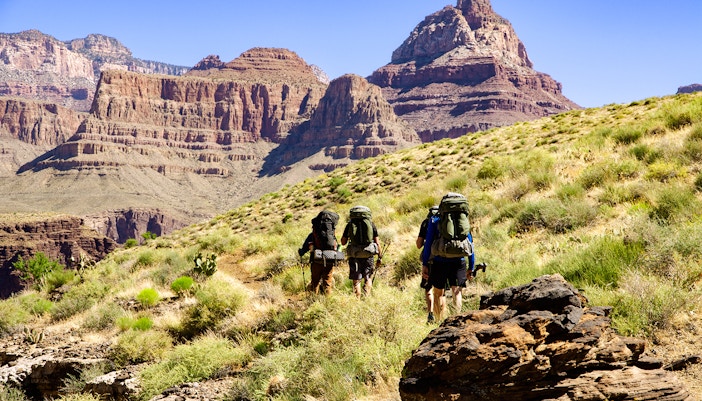
- North Rim
- History
- South Rim
- Facts
- West Rim
- Grand Canyon Railway
- Hualapai Tribe
- Grand Canyon National Park
- Wildlife
- Shoshone Point
- Yavapai Geology Museum
- Hermit's Rest
- Hopi House
- Plan Your Visit
- Timings
- Directions
- Entrances
- Restaurants
- Map
- Camping
- Grand Canyon Village
- Weather
- Photos
- Hiking
- Things to Do
- Viewpoints
- Shopping
- Itinerary
- Hotels
- Rim to Rim
- Grand Canyon Boat Tours
- Grand Canyon South Rim Tours
- Grand Canyon National Park Tours
- Grand Canyon North Rim Tours
- Grand Canyon Floor Landing Tours
- Grand Canyon Lake Mead Tours
- Las Vegas to Grand Canyon Helicopter Tours
- Grand Canyon Tours from Las Vegas
- Grand Canyon Airplane Tours
- Grand Canyon Helicopter Tours
- West Rim Skywalk
- Grand Canyon National Park Helicopter Tours
- Grand Canyon Hummer Tours
- Grand Canyon West Rim Helicopter Tours
- Grand Canyon Tours
- Grand Canyon West Rim Tours
- Helicopter Tour Operators
Grand Canyon wildlife | Flora and fauna you'll see
Meet the wildlife at Grand Canyon

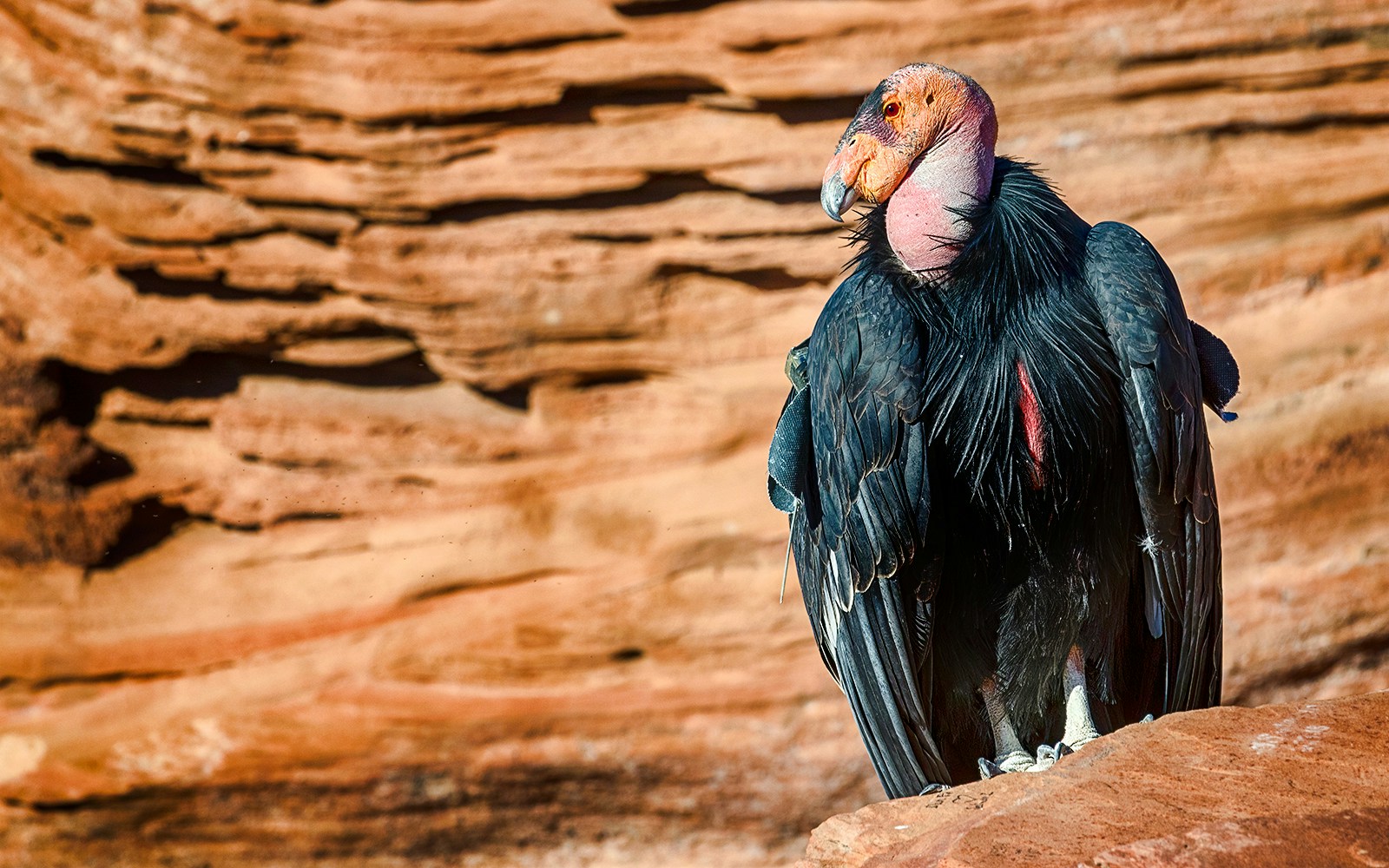
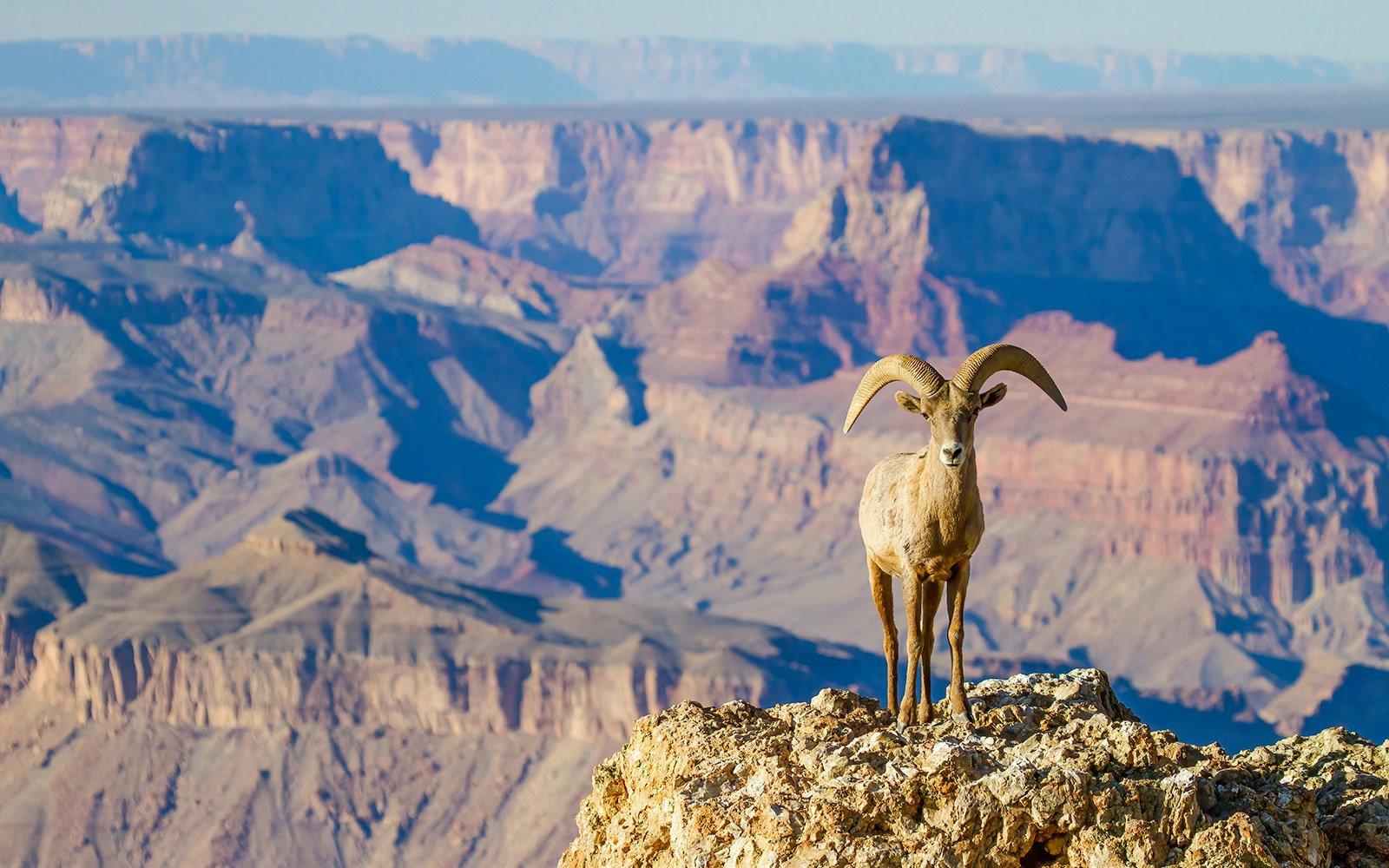

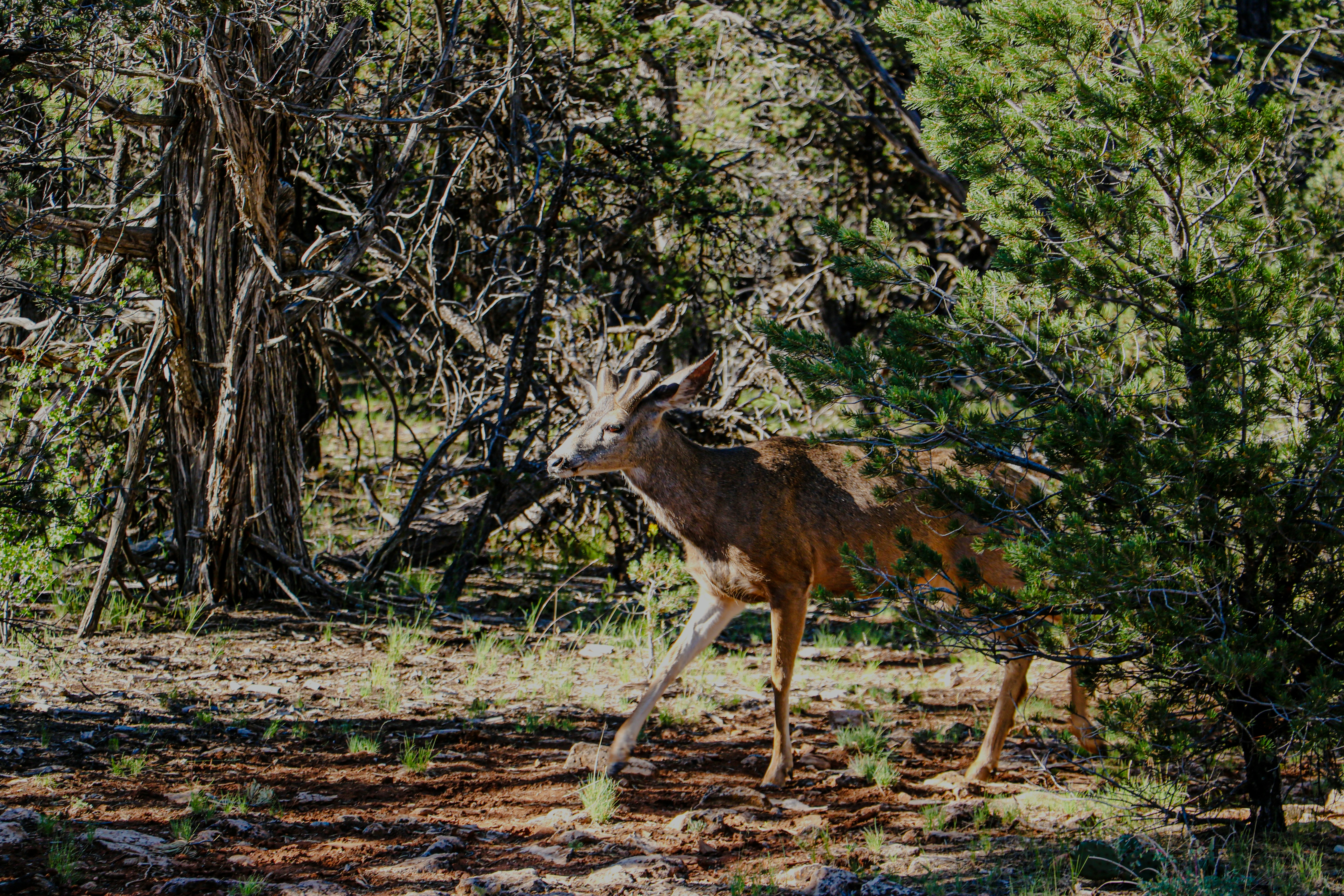
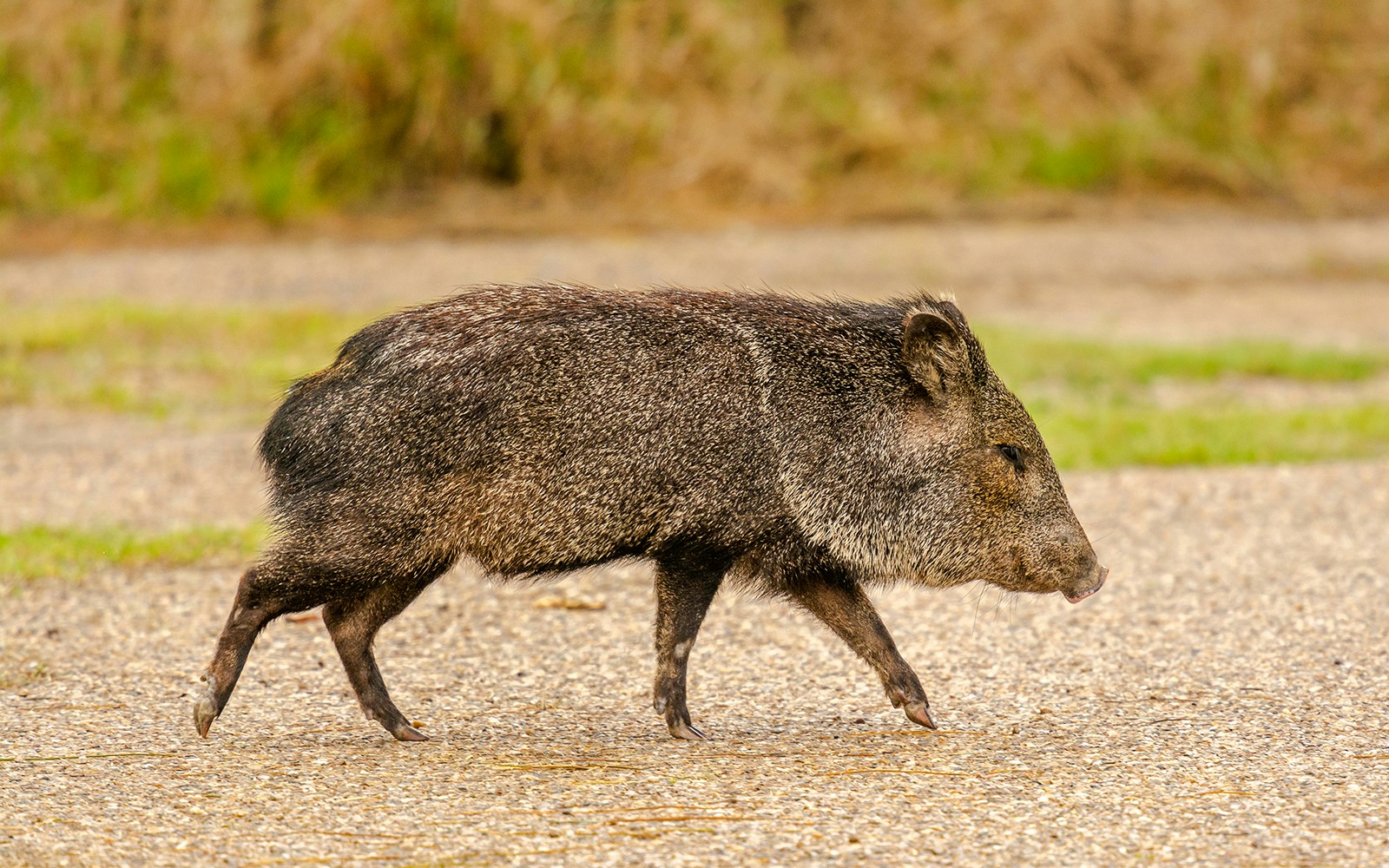
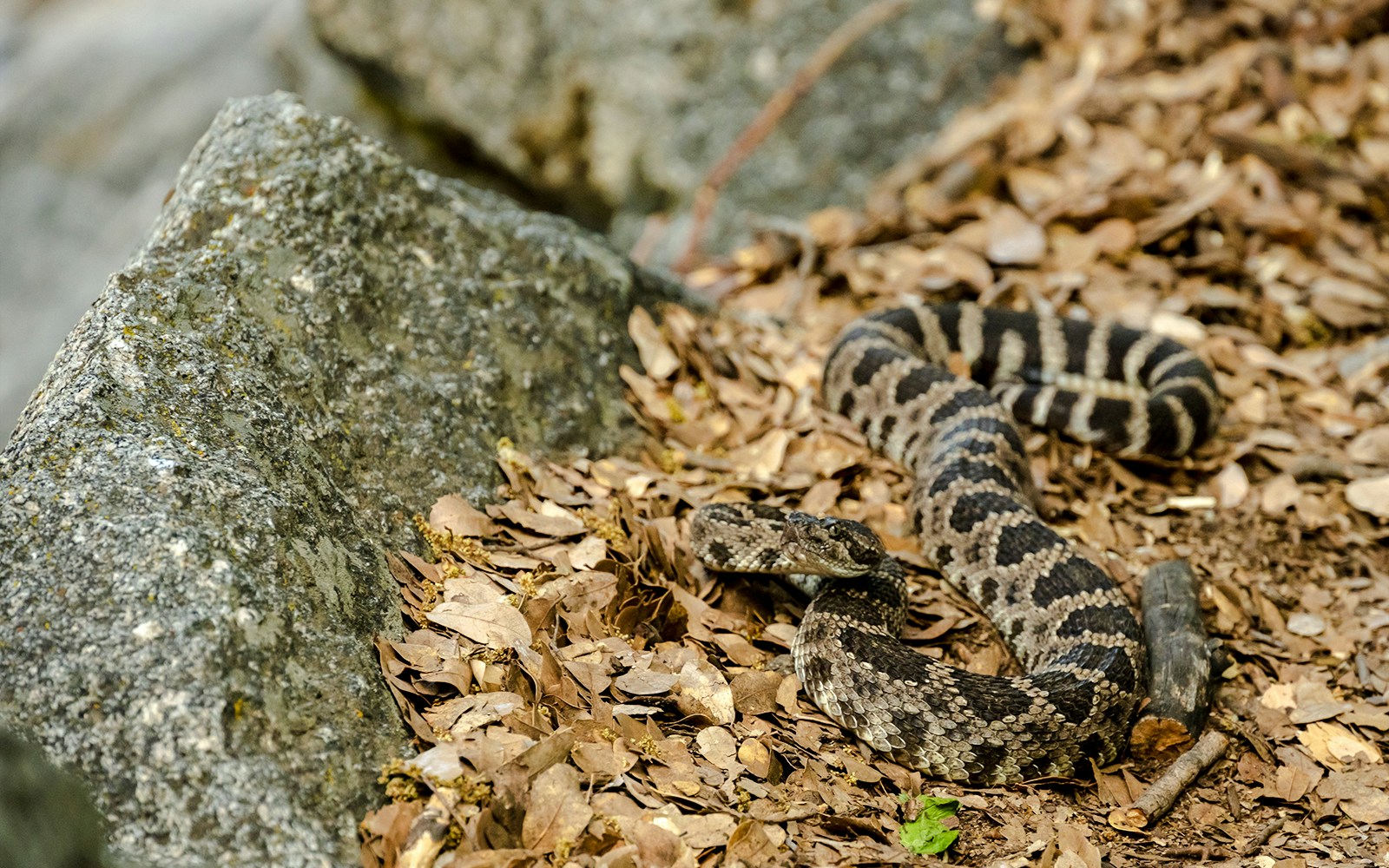
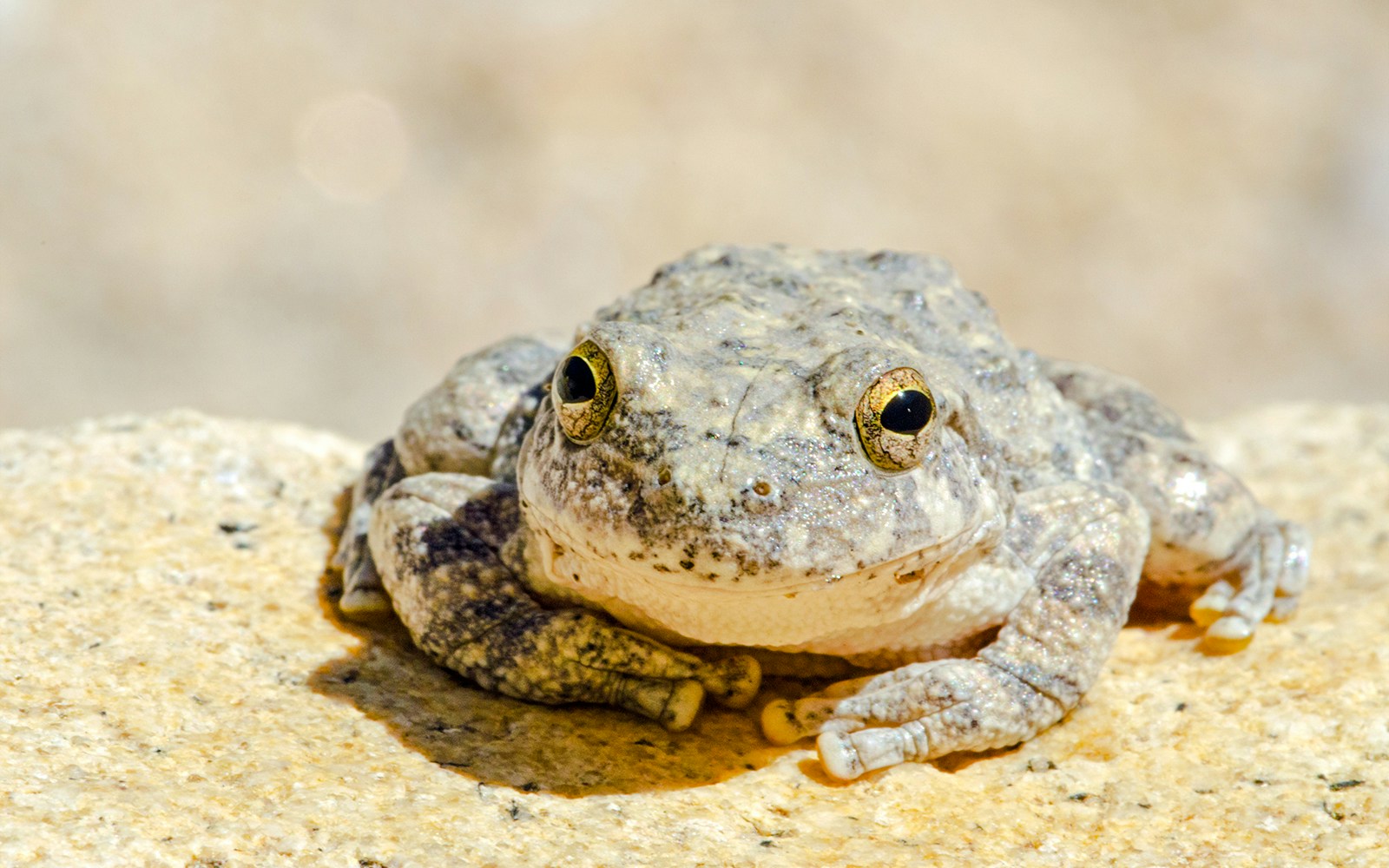

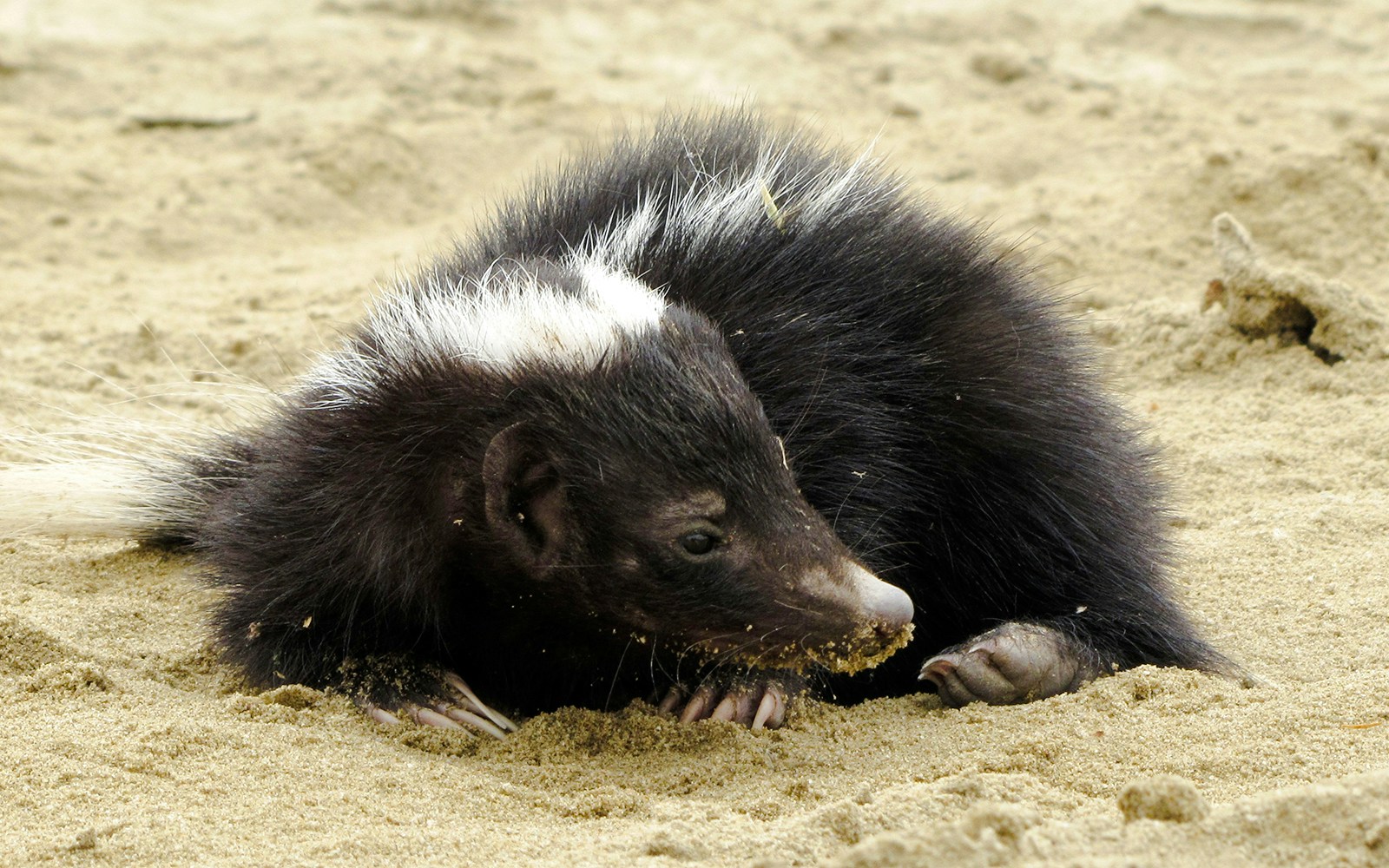
Grand Canyon birds
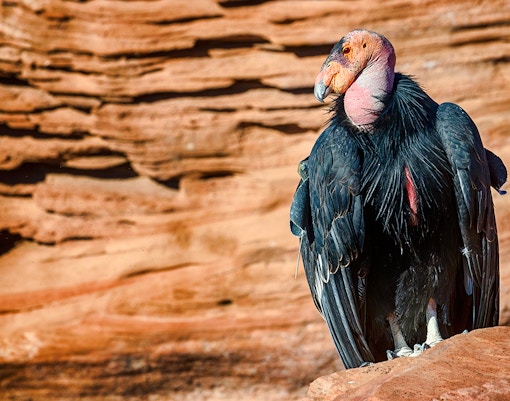
California Condor
With a wingspan close to 10 feet, the California condor is one of the largest and rarest birds in North America. If you’re lucky, you might see one soaring above the canyon cliffs near Desert View.
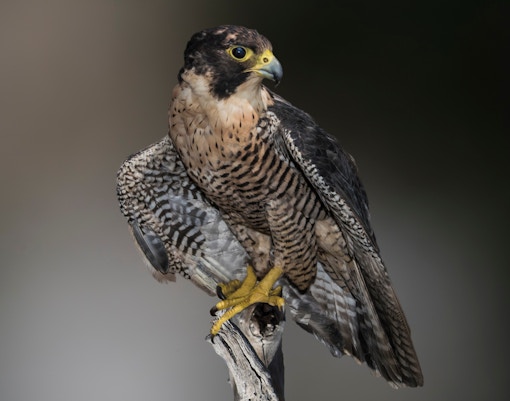
Peregrine Falcon
These speedsters are the fastest animals on Earth, diving at over 200 mph to catch their prey mid-air. Look for them nesting on high canyon ledges and performing impressive aerial acrobatics.

Ravens
Ravens are clever, curious, and always up to something. You’ll see (and hear) them gliding along the rim or playing in the wind thermals above the canyon.
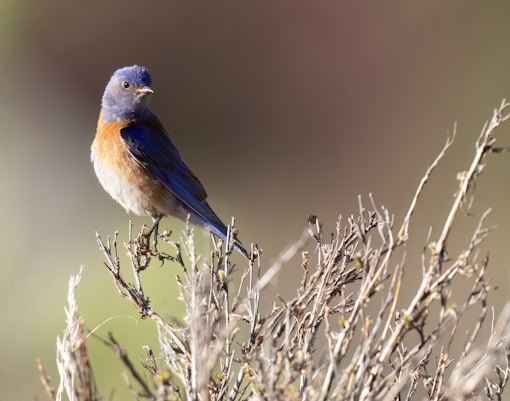
Western Bluebird
These small songbirds light up the forest with their bright blue feathers and cheerful calls. They’re often seen on the North Rim, in open meadows and pine forests.

Red-tailed Hawk
A true canyon sentinel, the red-tailed hawk is easy to spot gliding in wide circles above the rim. Listen for their signature screech echoing across the cliffs.
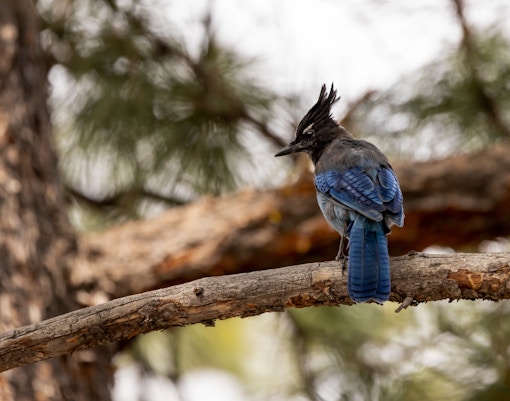
Steller’s Jay
Bold and noisy, Steller’s jays are easily recognized by their deep blue feathers and black crests. They’re common in the higher elevations of the North Rim and love to hang around campgrounds.
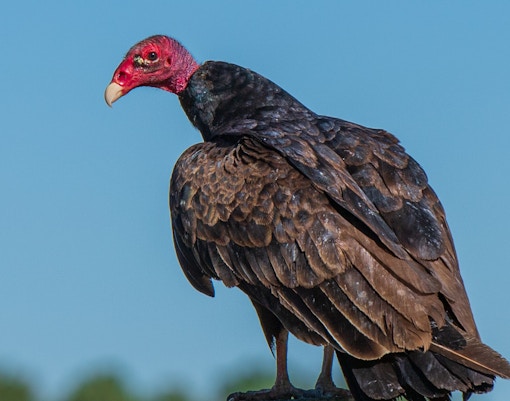
Turkey Vulture
Often mistaken for condors, turkey vultures soar on thermals as they search the canyon floor for dead animals to feed on. You’ll spot them throughout the park during warmer months.

American Kestrel
These colorful little falcons may be small, but they are fierce hunters. Watch for them hovering over open areas near the South Rim as they scan for insects and small prey.
Best times for wildlife viewing

- Early mornings (6am – 9am): During these cooler hours, many animals are active, foraging for food or moving to new locations. This is an excellent time to spot species such as mule deer, elk, and various bird species.
- Late afternoons (4pm – 7pm): As temperatures drop, wildlife becomes active again. This period offers opportunities to observe animals preparing for the night, including increased bird activity and sightings of larger mammals.
- Spring (March–May): This season is particularly vibrant, coinciding with the birth of many young animals and increased activity. The mild weather also makes for comfortable hiking and exploration.
Best spots for wildlife watching at Grand Canyon
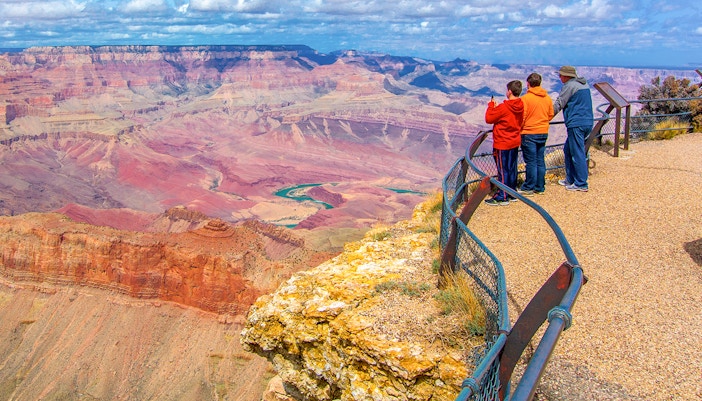
South Rim
If you are at the South Rim, you can expect to spot wildlife in the early mornings and late afternoons. Look near meadows, woodlands, and campgrounds for the best chances to observe creatures in their natural environment.
Wildlife you might see here:
- Elk
- Mule deer
- Common raven
- Red-tailed hawk
- Abert’s squirrel
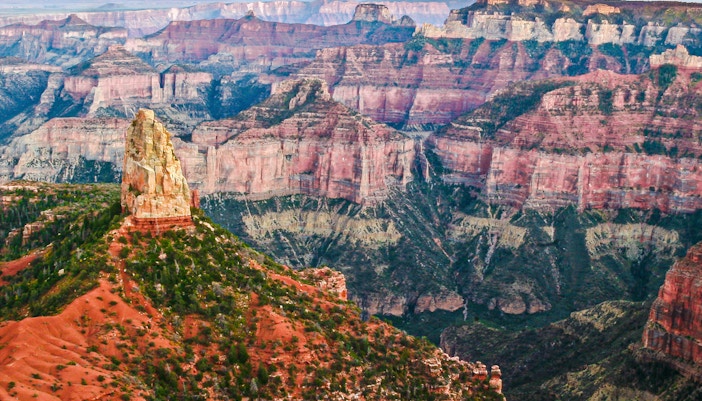
North Rim
Less crowded and higher in elevation, the North Rim offers a quieter environment that’s perfect for spotting animals, especially during the summer months. The lush forests and cooler climate attract wildlife not as commonly seen on the South Rim.
Wildlife you might see here:
- Kaibab squirrel (found only at the North Rim)
- Wild turkey
- Northern goshawk
- Mule deer
- Mountain lion (rare, but keep your hopes up)
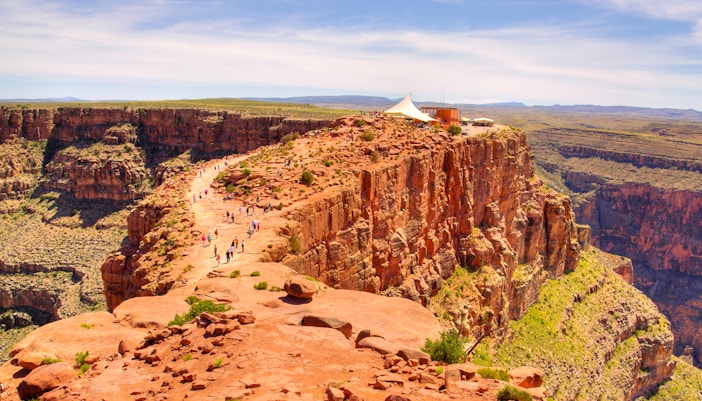
West Rim
While wildlife at the West Rim may be more elusive due to the desert terrain and human activity around Grand Canyon West attractions like the Skywalk, patient observers can still spot a range of desert animals.
Wildlife you might see here:
- Desert cottontail
- Roadrunners
- Red-spotted toads
- Turkey vultures
- Side-blotched lizards

Colorado River Corridor
The Colorado River corridor may be remote and a bit harder to reach, but it’s one of the best places to spot desert wildlife. If you’re rafting or hiking along the riverbanks, you’ll likely catch sight of some fascinating animals that are drawn to the water in this otherwise dry, rugged landscape.
Wildlife you might see here:
- Desert bighorn sheep
- Great blue heron
- Chuckwalla lizards
- Peregrine falcons
- Beavers
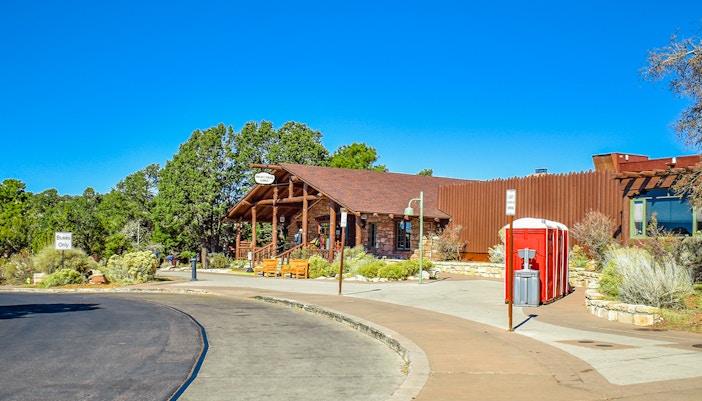
Bright Angel Trail & Corridor Trails
These well-loved inner canyon trails start at the South Rim and take you through a mix of different landscapes as you hike down. Because the terrain changes so much, you’ve got a good chance of spotting canyon wildlife, especially near water sources or cool, shaded rocky spots.
Wildlife you might see here:
- Bighorn sheep
- Rock squirrels
- Canyon wrens
- Ringtail cats
- Spiny lizards
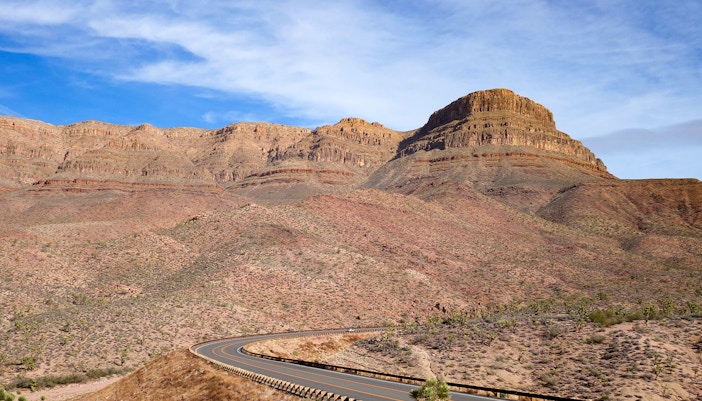
Desert View Drive
This 25-mile scenic route from Grand Canyon Village to Desert View Watchtower is known for its overlooks and frequent wildlife activity. Early mornings or dusk offer the best chance to see animals crossing the road or foraging near the edge of the forest.
Wildlife you might see here:
- Coyotes
- Rock squirrels
- Elk
- Golden eagle
- Western bluebird
How wildlife at Grand Canyon changes with the seasons
The Grand Canyon’s wildlife changes with the seasons, offering a unique set of sights and behaviors in spring, summer, fall, and winter. Here’s a look at what you can expect:
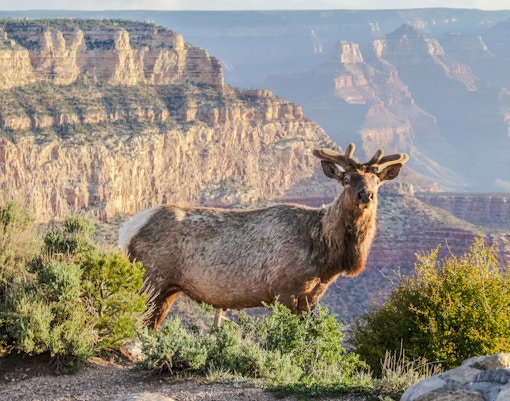
Spring (March–May)
Spring is a lively time at the canyon as many birds begin their northward migration. You’ll start hearing birdsong all around you, especially near forested areas. Elk and mule deer become more active too, often spotted grazing in meadows and along quieter trails.
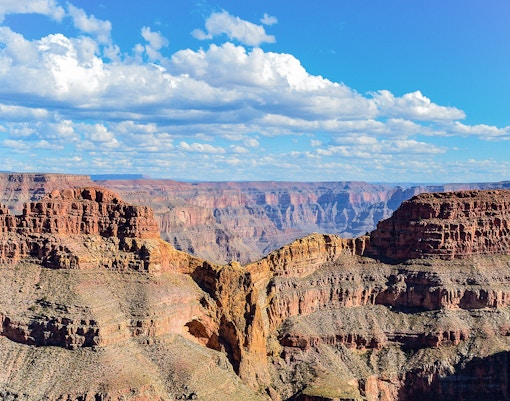
Summer (June–August)
When temperatures rise, so does your chance of seeing lizards, snakes, and sun-loving birds like hawks and ravens. It's the best season for spotting reptiles basking on warm rocks. Just be sure to head out early in the morning or late in the evening. Many mammals take cover during the heat of the day.

Fall (September–November)
Autumn brings crisp air and golden hues, but it also kicks off elk rutting season. You might hear the haunting bugle of a bull elk echoing through the forest. With thinner crowds and dramatic lighting, it's a dream season for wildlife photographers.
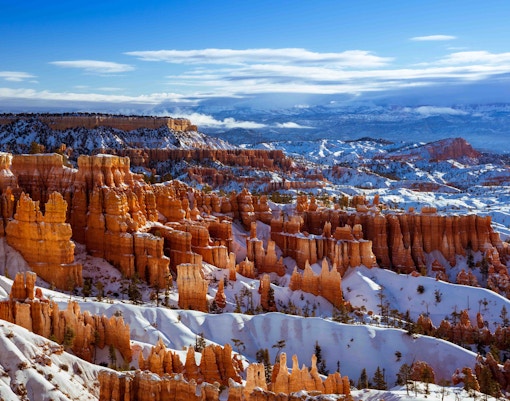
Winter (December–February)
While the North Rim shuts down for the season, the South Rim remains open. Birds like ravens and jays stick around, and coyotes are frequently seen trotting across snowy clearings. If you’re lucky, you might even catch a glimpse of mule deer navigating the winter landscape.
Book Grand Canyon tours
Frequently asked questions on Grand Canyon wildlife
Early mornings (6–9 am) and late afternoons (4–7 pm) are best. Animals are most active during these cooler hours, especially elk, mule deer, and birds.
Yes. Consider the Grand Canyon Signature Hummer Tour, or go on a guided hiking tour for a better chance to spot animals in quieter areas. Look for operators who prioritize ethical viewing.
The Kaibab squirrel and Grand Canyon rattlesnake are found nowhere else. You might also see a California condor, one of the world’s rarest birds, soaring over the canyon.
Yes, if you keep your distance, stay on trails, and don’t feed or approach animals. Use binoculars or a zoom lens and follow park guidelines to avoid dangerous interactions.
Nothing fancy. Just bring binoculars, water, sun protection, and sturdy shoes. A camera with zoom helps too. Move quietly and be patient. Most sightings come from simply paying attention.
